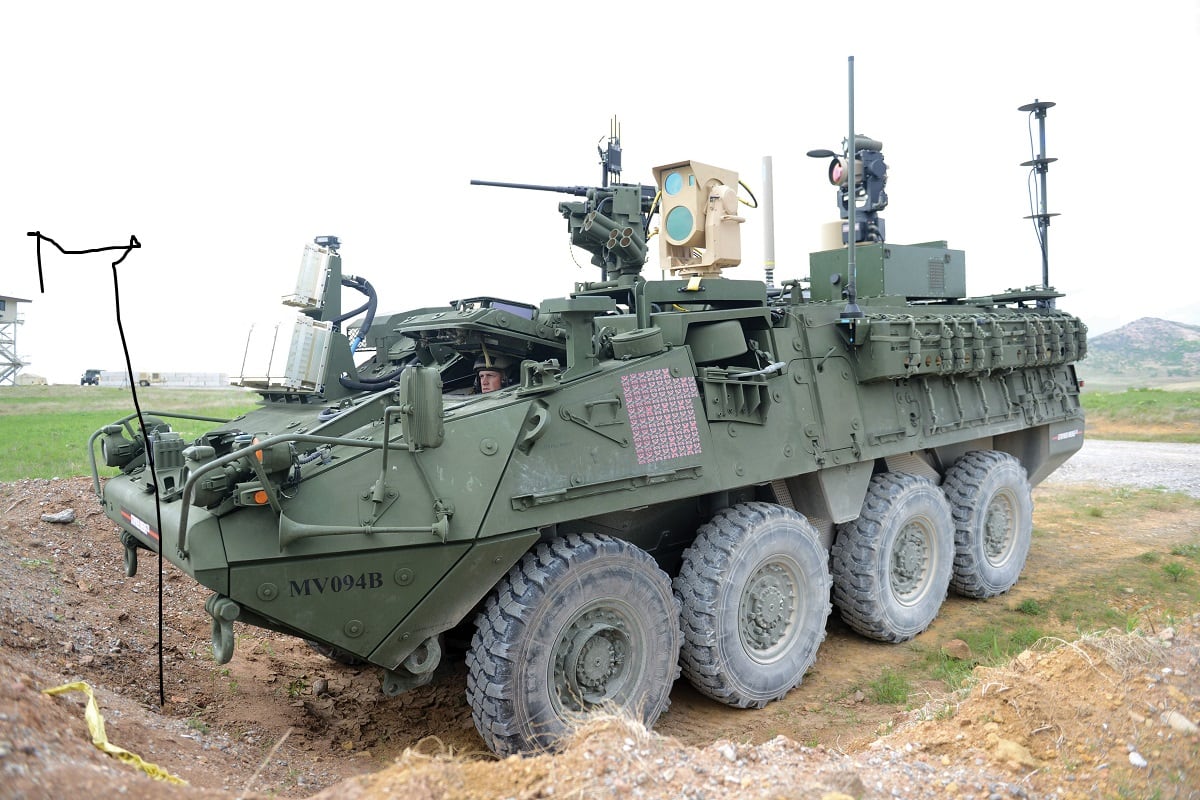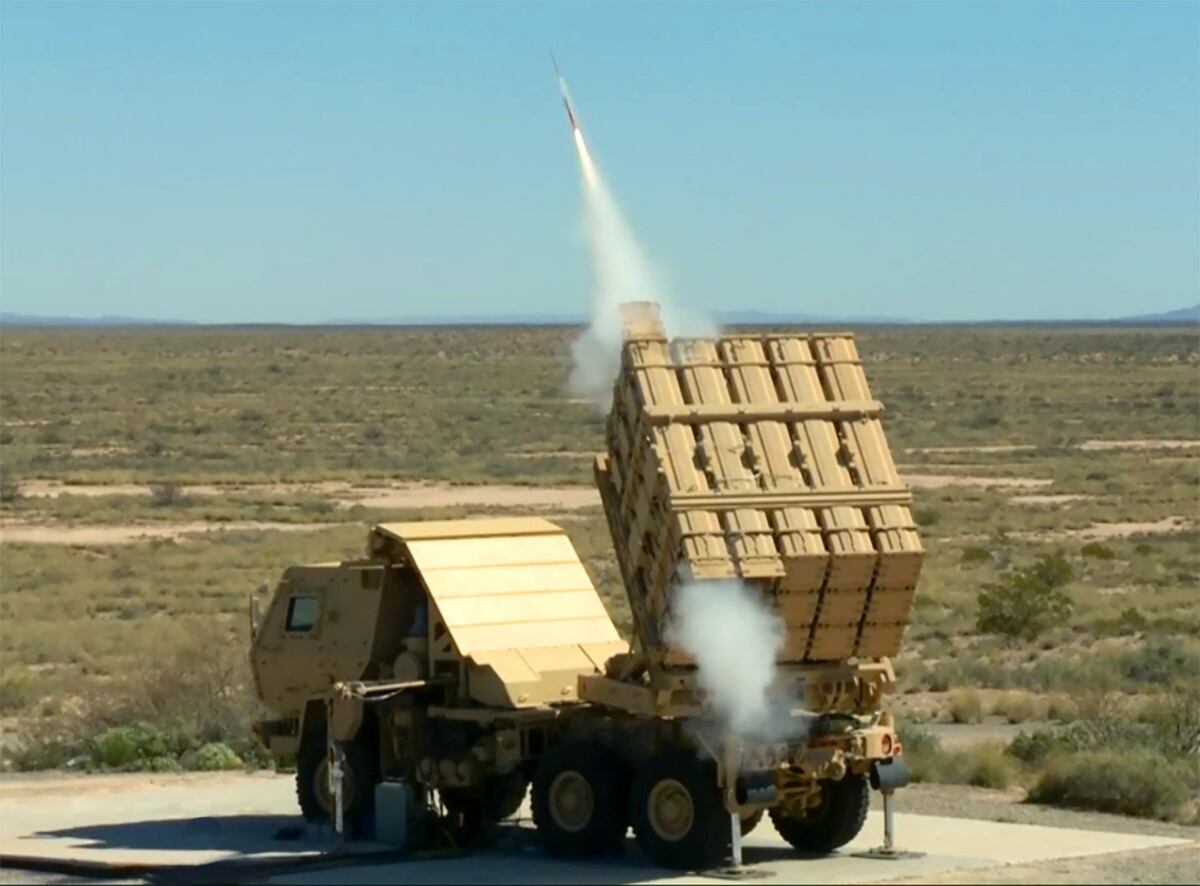HUNTSVILLE, Ala. — The U.S. Army is just weeks away from awarding the final contracts related to the development of its mobile, ground-launched hypersonic missile.
The Army will award a contract within the next three weeks to a company to develop a launching system for the hypersonic missile in co-development across the services, Lt. Gen. L. Neil Thurgood, the service’s Rapid Capabilities and Critical Technologies Office director, said Aug. 7 at the Space and Missile Defense Symposium.
RCCTO’s job is to serve as a bridge between the science and technology community and the program executive offices, helping bring technology out of development and into soldiers’ hands, first on a small scale and then a larger scale when passed off to program offices. The office is primarily focused on hypersonics and directed energy.
While the missile is under joint development, the Army needs a special launcher to make the missile road-mobile. The contract will encompass the design and integration of a vertical launcher onto a trailer, Thurgood said.
RELATED

Additionally, the RCCTO is preparing to award a contract, also in the next three weeks, to a vendor to produce the glide body for the hypersonic missile, Thurgood said.
The Navy will own the design of the glide body, but the Army will own its production, he said.
“We have a company that we are in the final process of negotiating an [other transaction authority contract],” Thurgood said.
An OTA is a contract that allows for rapid prototyping by bypassing the usual red tape associated with acquisition.
“What is interesting about the glide body technology is we also have to create an industrial base to do this. There is no industrial base in the United States for glide bodies,” Thurgood said.
The technology is owned by the government labs, he noted, “so we are transitioning that out of the labs into the commercial marketplace. That is a really hard thing to do, but there’s a lot of energy and a lot of momentum behind that outcome.”
RELATED

Unlike other programs, Thurgood said, there is not a single company that can produce a hypersonic missile and its equipment alone. “It actually takes a collaborative effort amongst the industry partners,” he added.
The first contract will be awarded to one company, but there will be follow-on contracts for other vendors to learn how to make the glide body at the federally funded lab where it was developed. The methodology energizes the supply chain from the prime contractors all the way to sub-contractors should the service decide to make a large number of the weapons, Thurgood told Defense News in an interview at the symposium.
Thurgood noted that in order to bring industry closer to the RCCTO’s endeavors, the office established an industry board in addition to its board of directors to promote “horizontal communication.”
The Army plans to field a hypersonic missile and launcher to a unit in the fourth quarter of fiscal 2021. The unit will train for an entire year without live rounds, Thurgood said, adding that the canisters the unit will use will be cement-filled to match the weight.
The first live-round test will take place in FY22 and will be conducted by a battery led by a captain.
Thurgood was tasked Feb. 14 to come up with a plan for hypersonic development, and given 30 days to do so. Now, almost six months later, the RCCTO is about to award all associated contracts to move forward in building prototypes that will be in soldiers’ hands in just a couple of years, Thurgood said.
Jen Judson is an award-winning journalist covering land warfare for Defense News. She has also worked for Politico and Inside Defense. She holds a Master of Science degree in journalism from Boston University and a Bachelor of Arts degree from Kenyon College.








